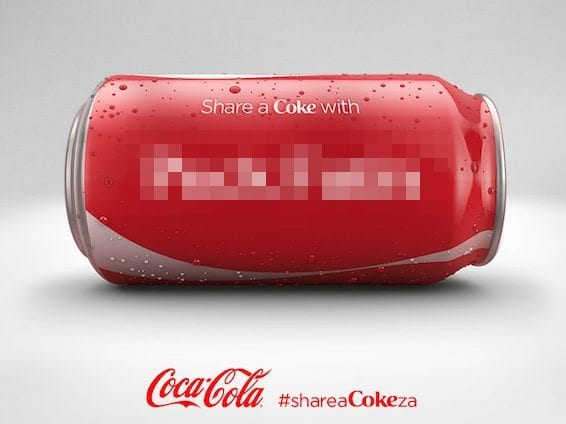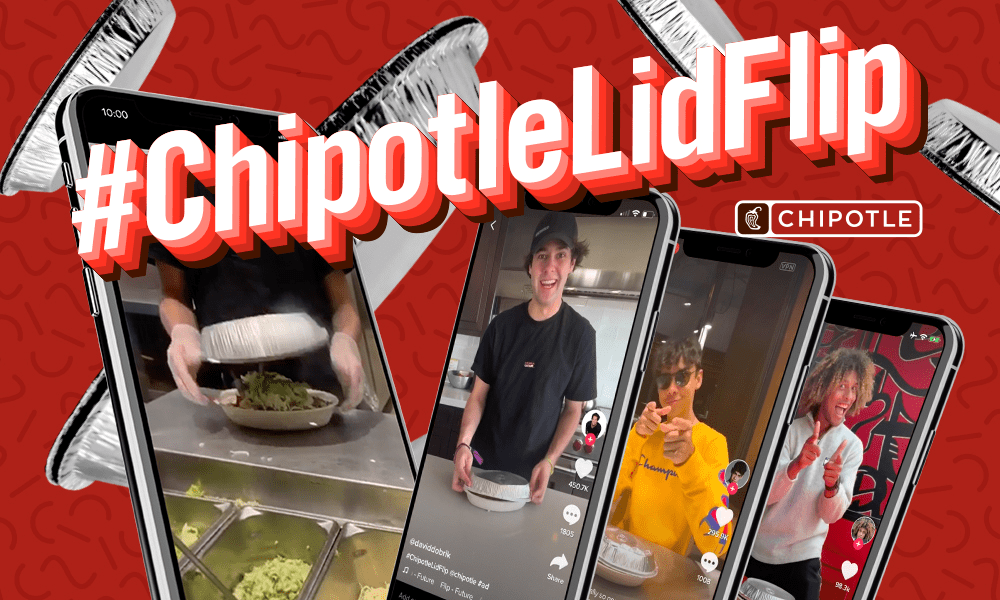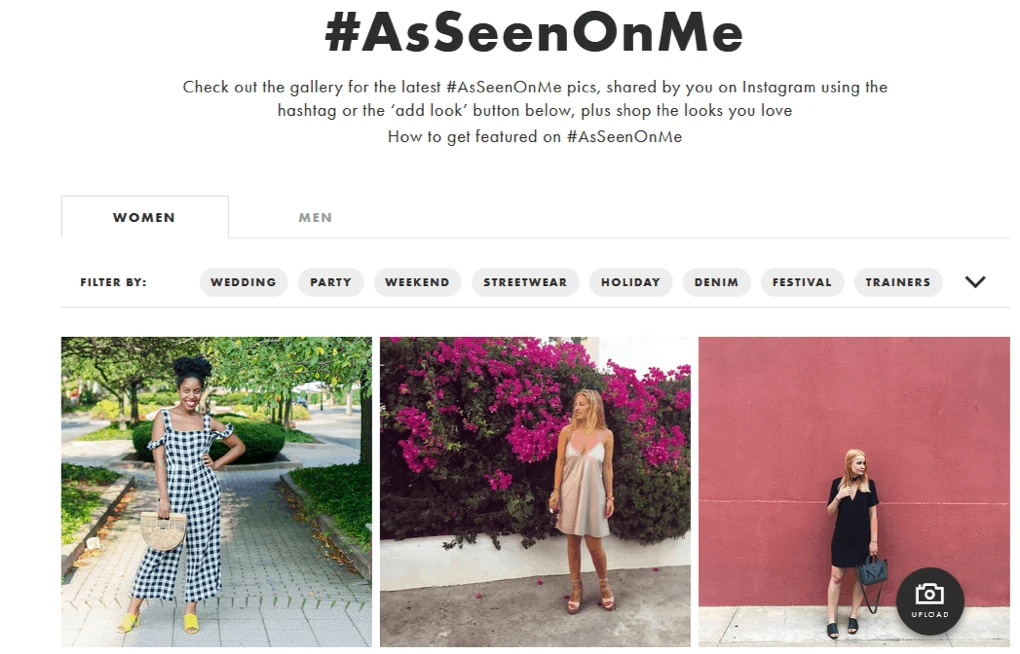
The Risks and Rewards of User-Generated Content
User-generated content has become a cornerstone of modern marketing strategies. However, the rise of UGC also presents certain challenges and risks that brands must navigate carefully.
User-generated content (UGC) has emerged as a powerful tool for brands to connect and engage with their audience authentically, with 79% of consumers stating that UGC highly impacts their purchasing decisions. From social media posts to reviews and creative challenges, UGC encompasses any content originated by consumers rather than the brand itself. In fact, 85% of users find visual UGC more influential than brand-generated photos or videos, emphasizing the power of authentic user experiences in driving consumer trust and loyalty.
By leveraging the creativity and authenticity of their customers, brands can create compelling content that resonates with their target demographic. While UGC offers numerous benefits, it also comes with its fair share of risks.
Risks of User-Generated Content
One of the primary risks associated with UGC is the potential loss of the distinct character and tone of voice of the brand. A brand should be defined by the relationship it has with its customer. However, if the brand fully abdicates its role as the steward of the brand and, therefore, the primary content creator, it can lose control over how the brand is presented to its audience.

There is the further risk of negative brand perception. Despite its many benefits, UGC can backfire if consumers share content that reflects poorly on the brand. For example, Coca-Cola’s “Share a Coke Campaign” faced criticism when customers began sharing personalized bottles with offensive messages. While the campaign generated a 2% increase in sales and a 4% increase in consumption frequency, it also highlighted the need for brands to monitor UGC closely to prevent reputational damage.

Another risk of UGC is the lack of control over content quality. While brands can encourage customers to create content, they cannot always guarantee the quality or appropriateness of what is shared. Chipotle’s “Lid Flip Challenge” is a prime example of this phenomenon. To promote its mobile app Chipotle asked participants to showcase their creativity by flipping the lids of Chipotle’s burrito bowls in unique and entertaining ways. The challenge gained significant traction on social media platforms like TikTok, where users posted videos of themselves participating in the Lid Flip Challenge. While the challenge generated significant engagement and a record-breaking online sales day, it also led to controversy when some videos depicted unsafe food handling practices.
Legal and copyright issues are also a concern when it comes to UGC. Brands must ensure that they have the appropriate rights to use content created by their customers to prevent copyright infringement. Retailer Urban Outfitters once launched a contest encouraging customers to submit photos of themselves wearing their clothing for a chance to win a shopping spree. However, some submissions included copyrighted images or other brand logos, leading to lawsuits from photographers and copyright holders who alleged unauthorized use of their material. This incident underscores the importance for brands to thoroughly vet user-generated content to avoid potential copyright infringement issues.
Rewards of User-Generated Content
Despite the risks, UGC offers numerous rewards for brands that are able to harness its power effectively. One of the primary benefits of UGC is enhanced authenticity and trust. By featuring un-retouched images of real customers, brands like Aerie, an intimate apparel and loungewear brand owned by American Eagle Outfitters that is known for its commitment to body positivity and inclusivity, have been able to increase brand trust and loyalty. Aerie’s decision to stop retouching models and inviting UGC from real people resulted in a 9% increase in sales and a 6% increase in customer loyalty, demonstrating the tangible benefits of authenticity in marketing.
UGC also offers brands the opportunity to increase engagement and brand loyalty. By encouraging customers to share photos and videos of themselves using their products, brands can strengthen brand affinity and drive user engagement on social media platforms. Calvin Klein’s “#MyCalvins” campaign, for example, which asked customers to showcase themselves wearing Calvin Klein products on social media platforms, led to a 12% increase in social media followers and a 7% increase in online sales, demonstrating the power of UGC in driving tangible business results.

Additionally, UGC can be a cost-effective marketing strategy for brands looking to maximize their marketing budget. By leveraging UGC, brands can create a feed of free advertising, showcasing their products in real-life situations without the need for costly photoshoots. British online fashion retailer ASOS’s “#AsSeenOnMe” campaign, for example, which encourages users to share photos of themselves wearing ASOS products, saw a 25% increase in active consumers and a 2% increase in average shopping cart value after launching their UGC campaign, demonstrating the cost-effectiveness of this approach.
Some brands invite users to contribute written content such as blog posts, articles, or personal stories related to the brand or its products. For example, Adobe’s Art Maker Series invites creative designers to showcase their artwork using Adobe’s suite of tools, creating a wealth of user-generated written and visual content that promotes Adobe’s products and inspires other users.
Best Practices for Leveraging User-Generated Content
To effectively leverage UGC, brands must establish clear guidelines and moderation processes to ensure that content aligns with their brand values and legal requirements. Platforms like LEGO Ideas provide a structured platform for managing user submissions, allowing the brand to maintain control over the quality and appropriateness of content.
What’s more, brands should actively engage with and reward contributors to incentivize participation and foster a sense of community. Participants in Adobe’s “Art Maker Series” are featured in marketing materials and provided exposure through the Creative Cloud program.
UGC Pro Tips
User-generated content (UGC) can be a game-changer for brands when executed strategically:
Set Clear Guidelines: Establish clear guidelines for the type of content you want to encourage and the behavior you expect from participants. Clearly outline what is and isn’t acceptable to ensure that UGC aligns with your brand values and legal requirements.
Moderate Effectively: Implement a robust moderation process to ensure that all UGC meets your brand standards. Use automated tools to filter out inappropriate content and manually review submissions to catch anything that slips through the cracks.
Incentivize Participation: Encourage participation by offering incentives such as discounts, exclusive access, or the chance to be featured on your website or social media channels. Make sure to acknowledge and reward contributors to show appreciation for their efforts.
Engage Actively: Actively engage with users who contribute UGC by liking, commenting, and sharing their content. Show appreciation for their creativity and enthusiasm, and foster a sense of community by responding to comments and encouraging dialogue.
Leverage Across Channels: Maximize the impact of UGC by leveraging it across multiple marketing channels. Incorporate user-generated content into your website, social media posts, email campaigns, and digital ads to increase reach and engagement.
Track and Measure Performance: Use analytics tools to track the performance of your UGC campaigns and measure their impact on key metrics such as engagement, brand sentiment, and conversion rates. Use this data to refine your strategy and optimize future campaigns.
Stay Legal and Ethical: Ensure that you have the appropriate rights to use UGC and respect the privacy and intellectual property rights of contributors. Obtain explicit consent from participants before using their content, and be transparent about how it will be used.
Encourage Authenticity: Foster authenticity by allowing users to share their genuine experiences and opinions. Avoid overly promotional or scripted content and focus on showcasing real stories and voices from your community.
By following these best practices, you can harness the power of user-generated content to build brand trust, drive engagement, and achieve your marketing objectives effectively.
By carefully navigating these risks and implementing best practices for leveraging UGC, brands can unlock the full potential of this powerful marketing tool. By fostering authenticity, driving engagement, and maximizing their marketing budget, brands can harness the power of UGC to connect with their audience in meaningful ways and drive tangible business results.
Sources:
• Embed Social
• Meltwater



